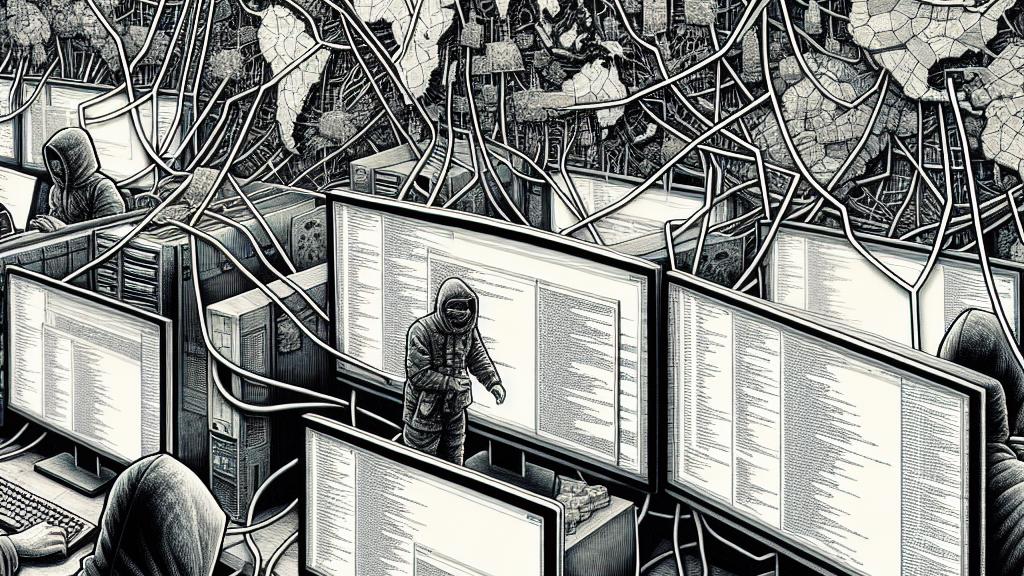North Korean Hackers Exploit Internet Explorer Zero-Day Vulnerability
Overview
- APT37, a notorious North Korean hacker group, exploits critical vulnerabilities in Internet Explorer.
- Their recent zero-click attacks showcase advanced techniques, targeting unsuspecting users.
- Despite Microsoft's timely patches, ongoing vigilance is crucial to combat evolving cyber threats.

Overview of the Incident
In a shocking turn of events, cybersecurity experts in South Korea have revealed that the infamous APT37 group, associated with North Korea, has successfully leveraged a serious zero-day vulnerability in Internet Explorer, officially numbered CVE-2024-38178. What’s particularly alarming is that, despite Microsoft ceasing support for Internet Explorer in 2022, remnants of this browser survive within the Windows ecosystem, notably through its integration in Microsoft Edge’s compatibility mode. This persistent presence not only highlights the risks of neglecting outdated software but also serves as a stark reminder that many users might still be vulnerable to catastrophic cyberattacks. The exploitation of this vulnerability signals a notably pressing problem in cybersecurity, compelling users and organizations to rethink their reliance on legacy software.
Methods of Attack
The strategies employed by APT37 in this recent attack are strikingly sophisticated, showcasing their expertise in cyber infiltration. Rather ingeniously, they used malware known as RokRAT, which was cleverly hidden in deceptive advertisements associated with popular free software. This method cleverly classifies the attack as a zero-click exploit, where simply viewing a malicious advertisement is enough to trigger the infection, leaving users unaware of the lurking danger. For instance, infected ads often deploy harmful iframes that can execute malicious code without any user interaction, illustrating a disturbing evolution in hacking techniques. This highlights a troubling reality: even actions deemed harmless, such as installing useful software, can lead to severe repercussions, showcasing how hackers have adapted their methods in an ever-changing landscape of cyber warfare.
Responses and Precautions
In light of these alarming developments, Microsoft acted rapidly, rolling out patches in August 2024 to mitigate the threat posed by the CVE-2024-38178 vulnerability. However, experts continue to express concerns that while these updates are crucial, they may not encompass all vulnerable third-party applications. This gap in security highlights a critical need for regular system updates and heightened awareness among users. Essentially, the mere existence of a patch does not absolve systems of risks if outdated or unprotected software is still in use. Users must take proactive steps to safeguard their systems—this includes staying informed about potential threats and ensuring their software is current. Therefore, cybersecurity is not a one-time fix; rather, it is a continuous effort requiring vigilance, education, and action.

Loading...